Everything about Hercule Poirot is fake. That is a good thing. It’s true of the man — from the mustache he wears but lies about why to his reasons for doing things — and true of his latest celluloid adventure.
Kenneth Branagh‘s adaptation of Death on the Nile puts on as much of a false front as his take on Poirot and, for the same reasons, hides as much of its true intentions as possible for as long as possible until finally springing them from plain sight. Agatha Christie may not have written The Purloined Letter, but everyone who has made this film has read it.

Like Basil Rathbone standing before a clearly painted backdrop and claiming it is the moor of the Baskervilles, Death on the Nile cocoons its actors in a clearly false world – the river Nile upon which their yacht travels.
It may be a more transparent green screen than a painted curtain, but the effect is the same as the Golden Age thrillers Nile mimics. The fact that it’s obvious no one aboard the Karnak is anywhere near a river isn’t a bug. It’s a feature.
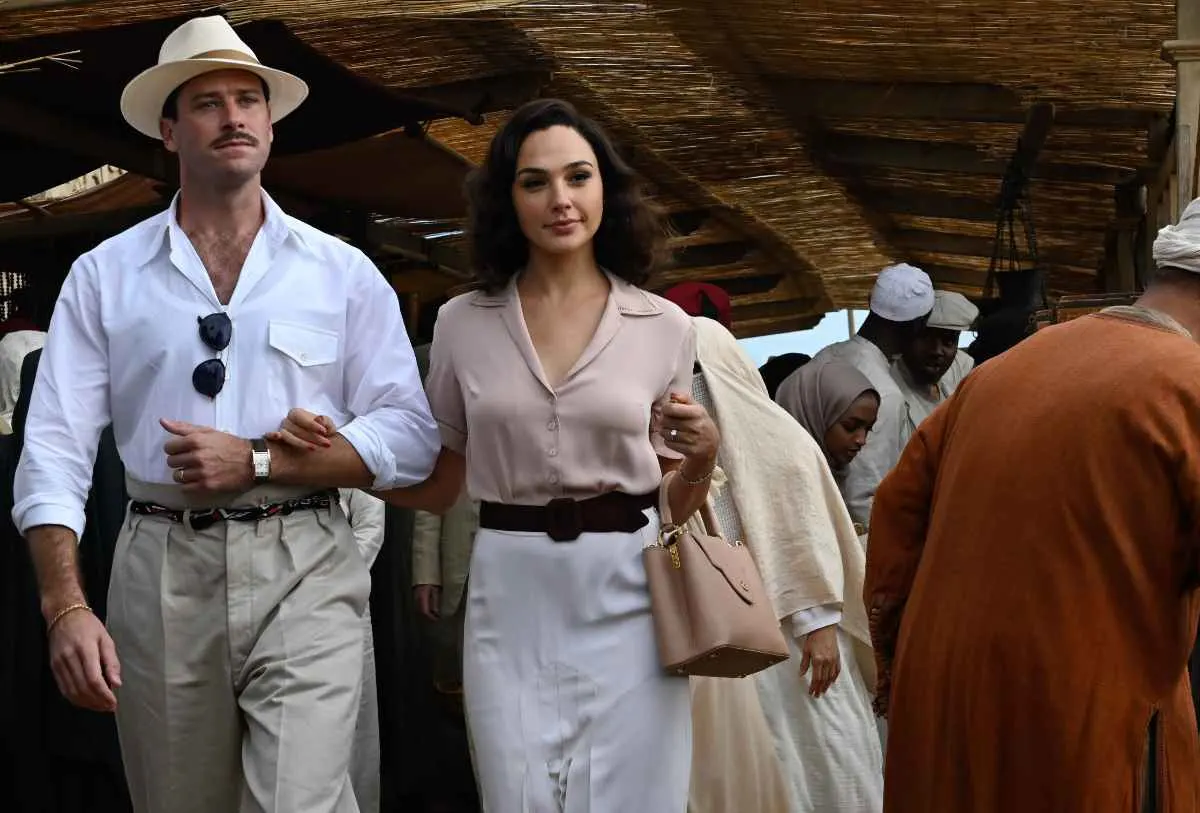
It even begins falsely, with a computer-de-aged Branagh leading a charge during World War I and developing much of Poirot’s idiosyncratic characteristics in the ensuing slaughter. The effect Robert Downey Jr. led the charge on in Captain America is becoming less realistic as it is used more often, but that lack of reality works to Nile’s benefit in a way it hasn’t elsewhere.
Once we accept that nothing is what it seems, we can start to ask why. The obvious answer is that no one can risk the pain of being themselves and stating what they want out of life. Not even Poirot or the film he is in.
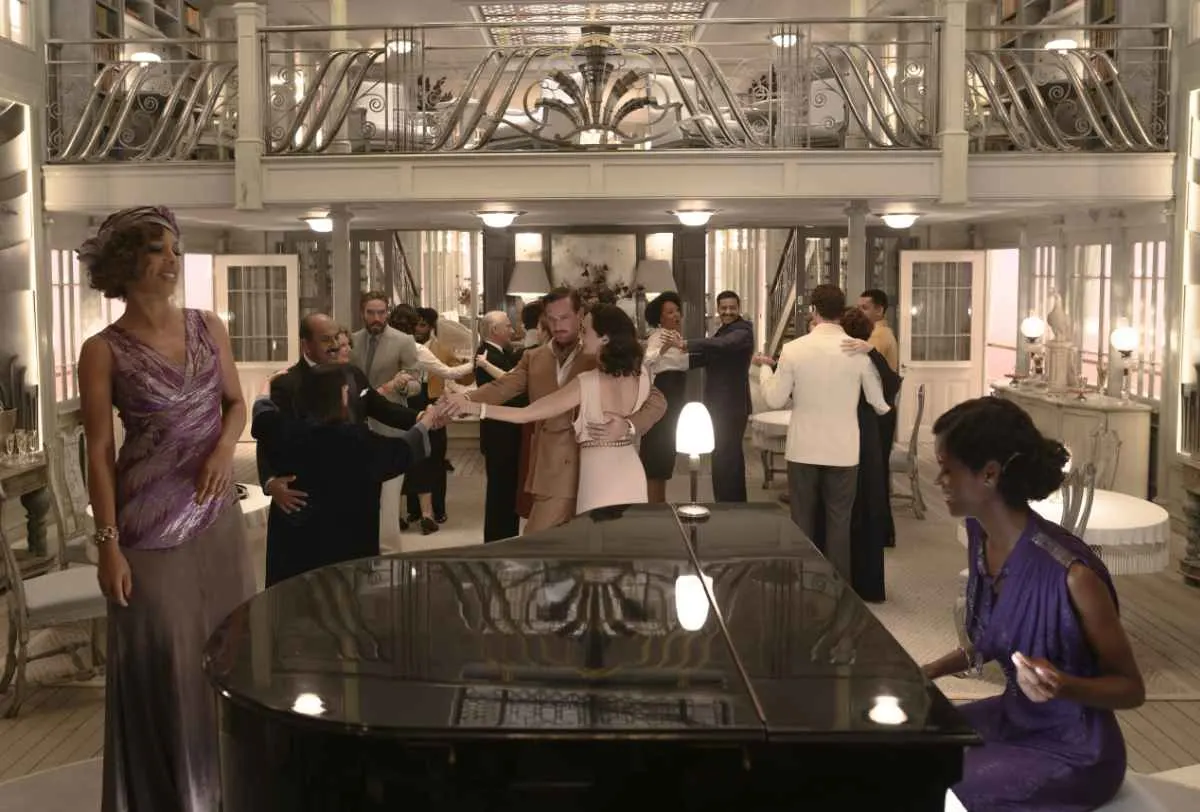
Following the adventures on the Orient Express, Poirot returns to Egypt for vacation and soon finds himself whisked into the wedding party of the wealthy Linnet Ridgeway-Doyle (Gal Gadot), her new husband (Armie Hammer) and the various friends, family, enemies, and suitors that swirl around her.
When Linnet turns up dead after an evening of over-enthusiastic celebration, the yacht they are traveling on turns into a crime scene, and Poirot realizes he has only until it returns to port to find the murderer.
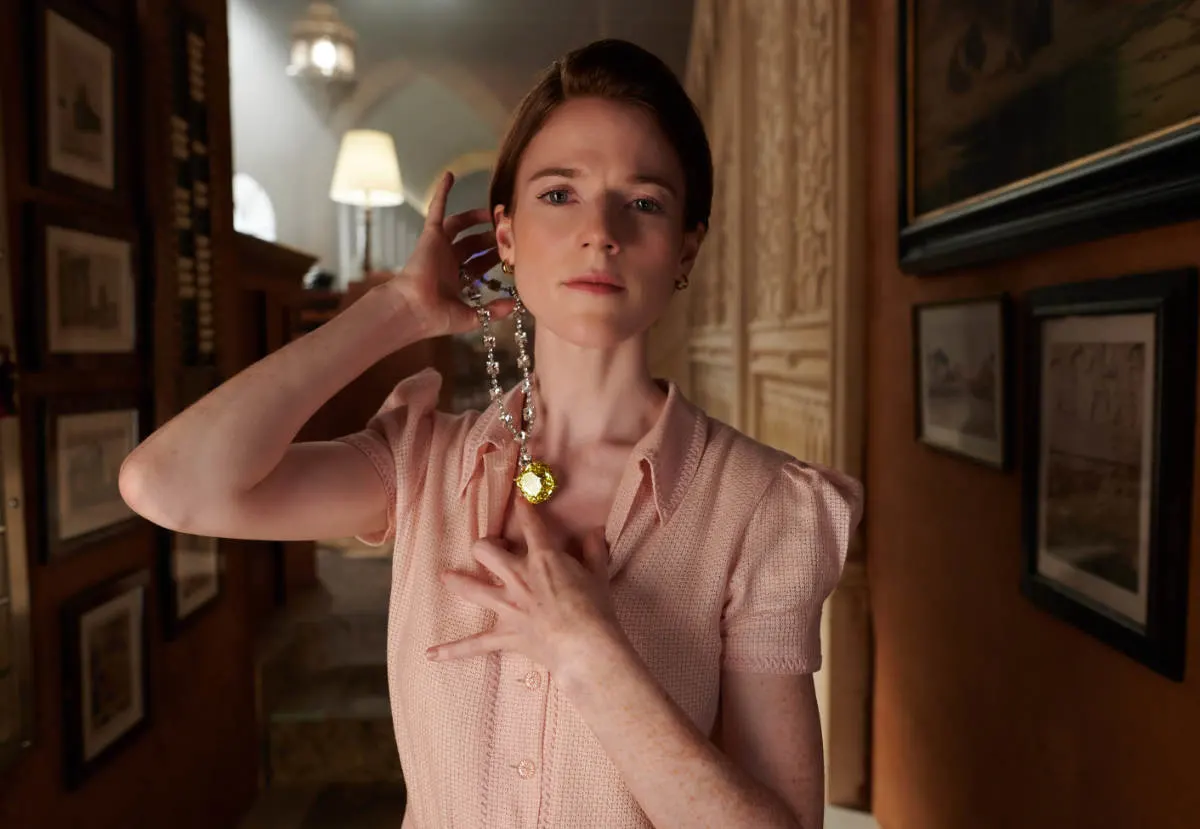
One of the benefits of older films and their older techniques is that they require their filmmakers to put the background out of focus, keep us from noting what it really was, and force us to look only at the character.
Death on the Nile takes a similar tack, spending extended time with its victims and bystanders, building them up before tearing them down and making them at least seem real if nothing around them is. That’s the idea, but it’s an idea that’s stronger than reality.
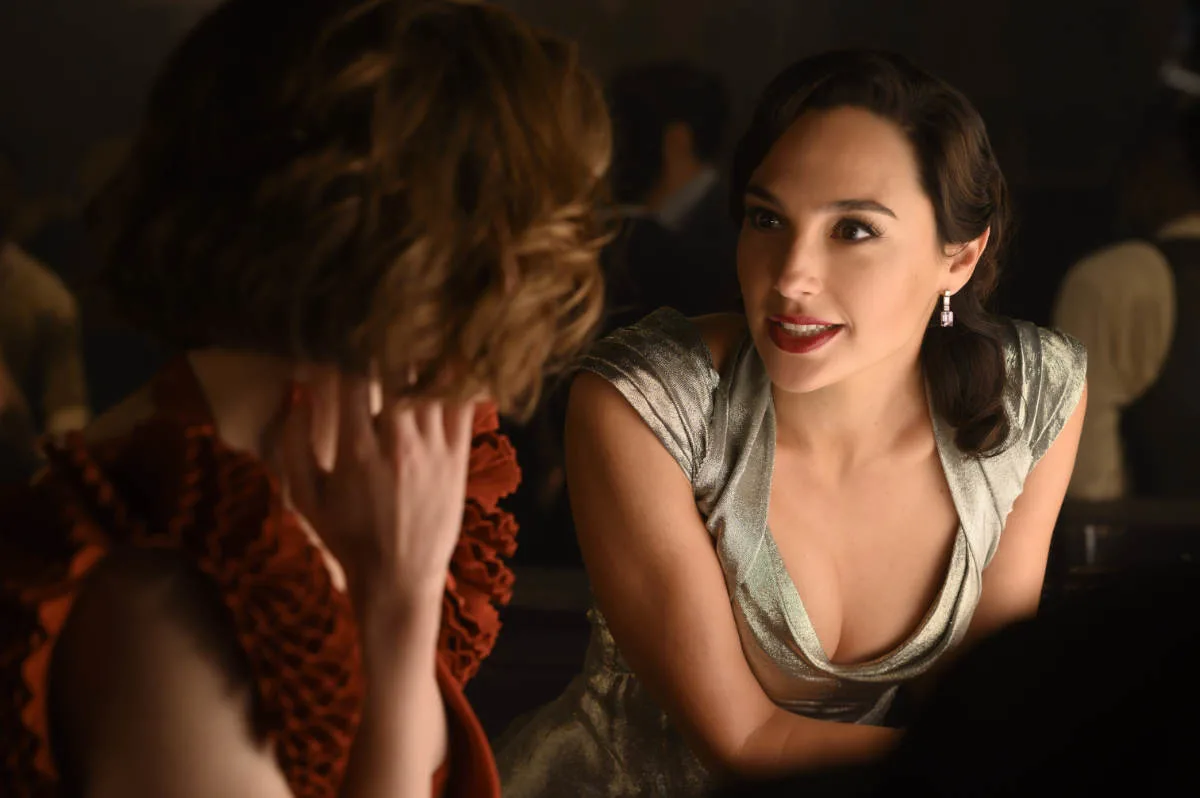
No less an expert than Branagh himself has said the ideal run time for a film is 90 minutes, and the longer a movie runs beyond that, the worse the pace gets. Death on the Nile is an unfortunate exemplar of that truth.
A taut whodunit is ballooned into extended backstory and character chit chat, which doesn’t illuminate motivations nearly as much as Poirot’s later interrogations do but does push the story’s actual inciting action to the middle of the movie. That’s a lot of shoe leather to wait through.
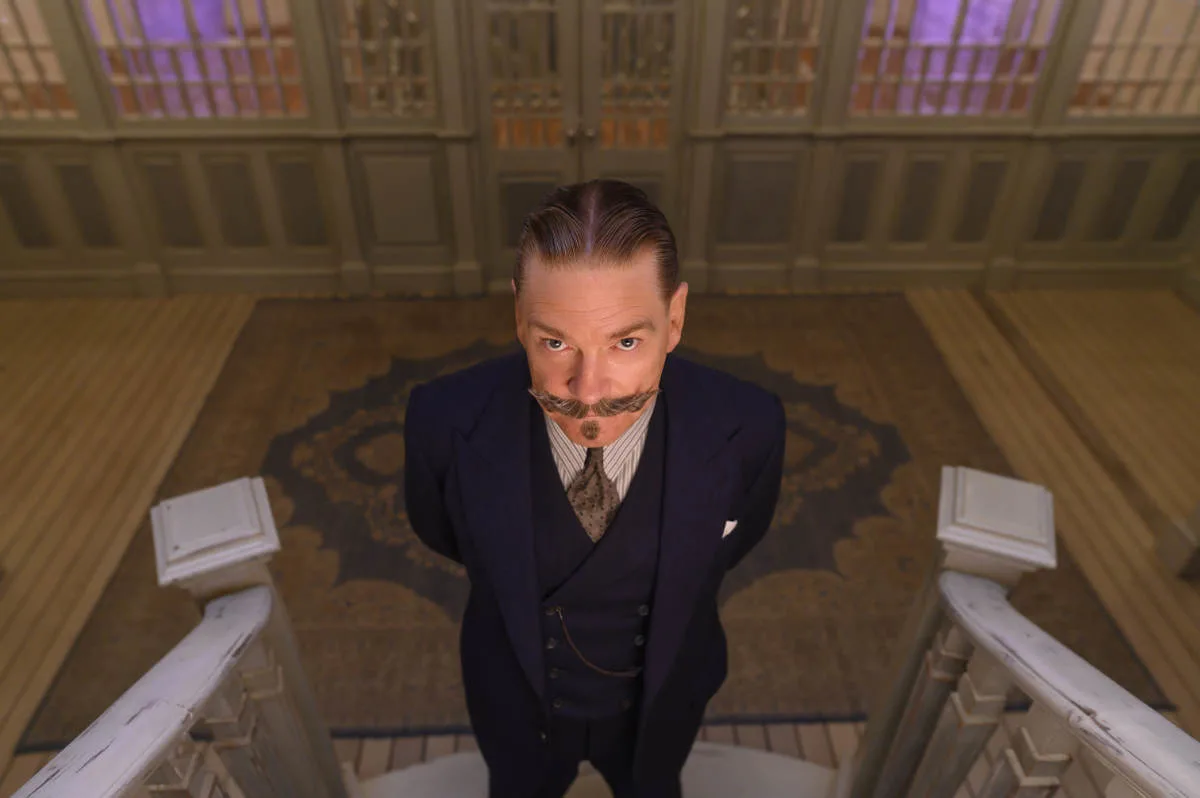
Once things do begin cooking, it’s a quick reminder of why Christie’s work was so popular during her lifetime and has remained so for all the decades since. As Poirot’s incisive interrogations reduce the suspect list one by one, the tension doubles, and the trebles as key witnesses continue to disappear.
Branagh is at his best playing with Poirot’s foibles, from the precise number of desserts he wants to his requirements for gardening and his extreme vanity, but he is able to switch easily and believably to feared detective and combatant in a way other Poirot’s never have.
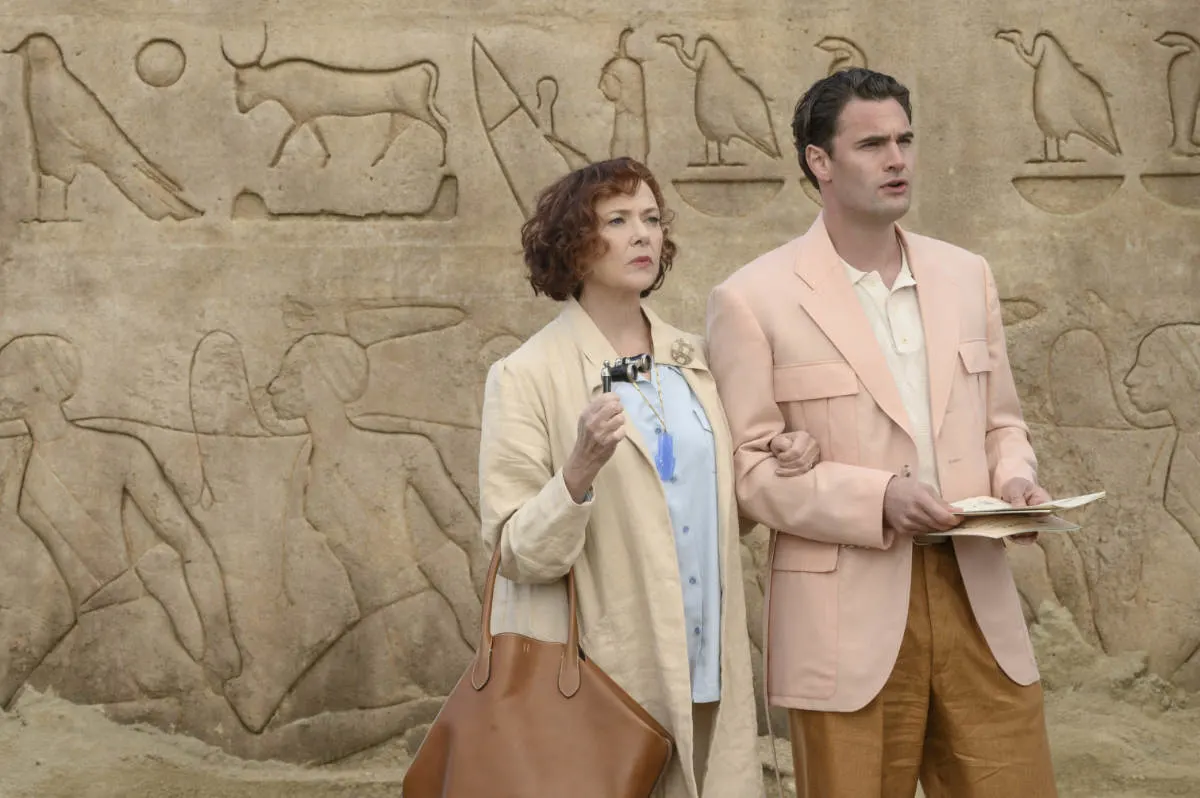
Even better, he twists the film to ultimately point its lens at Poirot himself, looking for something larger than just who, in fact, did it. There may not be an interesting answer to that focus, but the fact it is there is worth something.
If it were just a little shorter, a little tighter, with less need to build up the pre-murder festivities or create a lot of early moments that only slightly pay off, Death on the Nile would be a great Christie adaptation. As it is, it’s pretty good, hosting a crackerjack at the last hour and a reminder of why the great thrillers of yesteryear worked as well as they did.
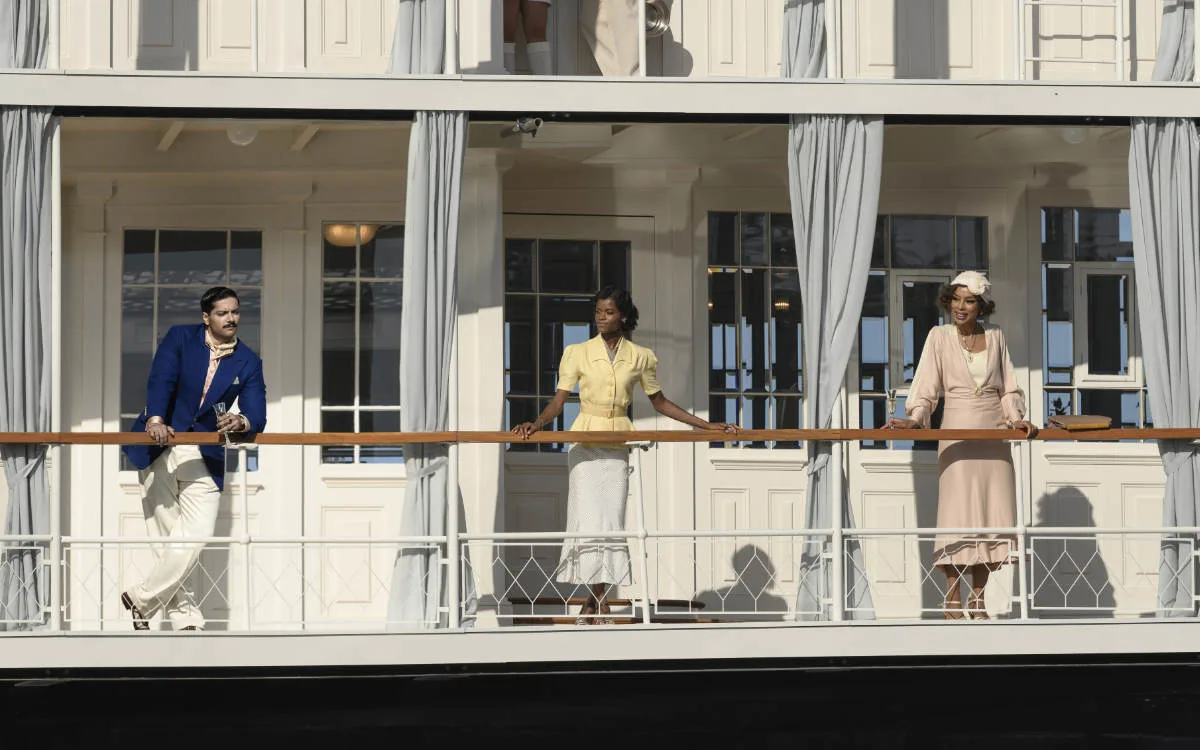
DEATH ON THE NILE REVIEW SCORE: 7 OUT OF 10
Disney’s 20th Century Studios will release the film in theaters on February 11. It is rated PG-13 for violence, some bloody images, and sexual material.
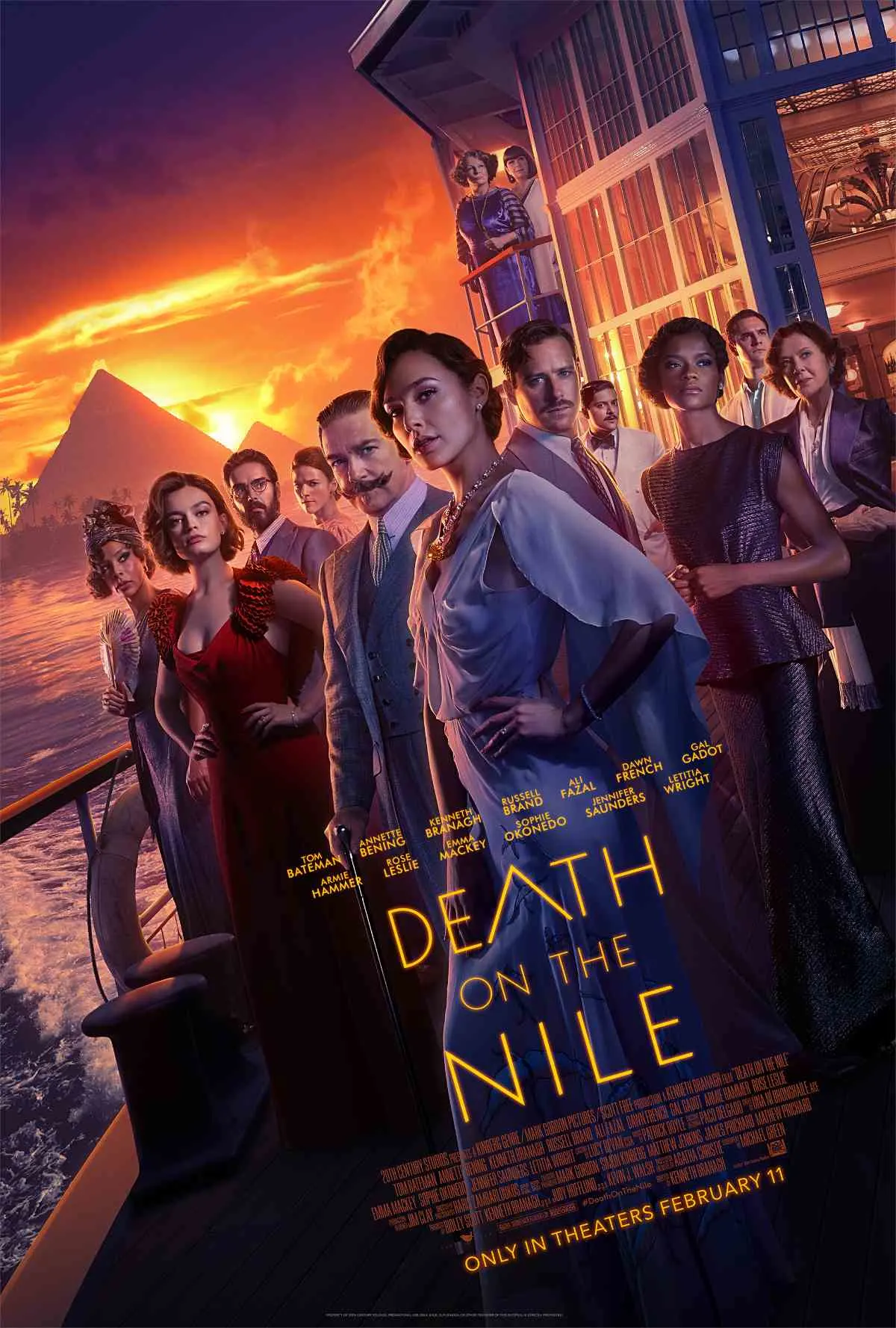

Joshua Starnes has been writing about film and the entertainment industry since 2004 and served as the President of the Houston Film Critics Society from 2012 to 2019. In 2015, he became a co-owner/publisher of Red 5 Comics and, in 2018, wrote the series “Kulipari: Dreamwalker” for Netflix. In between, he continues his lifelong quest to find THE perfect tomato soup and grilled cheese sandwich combination.